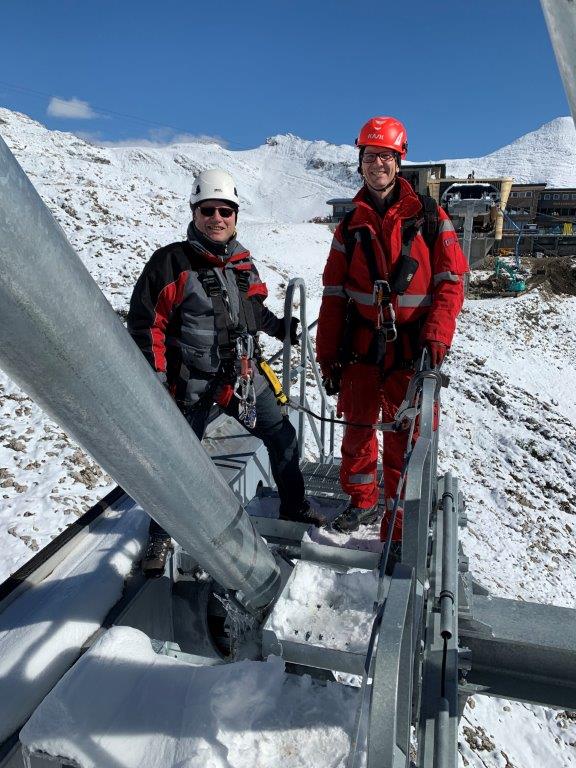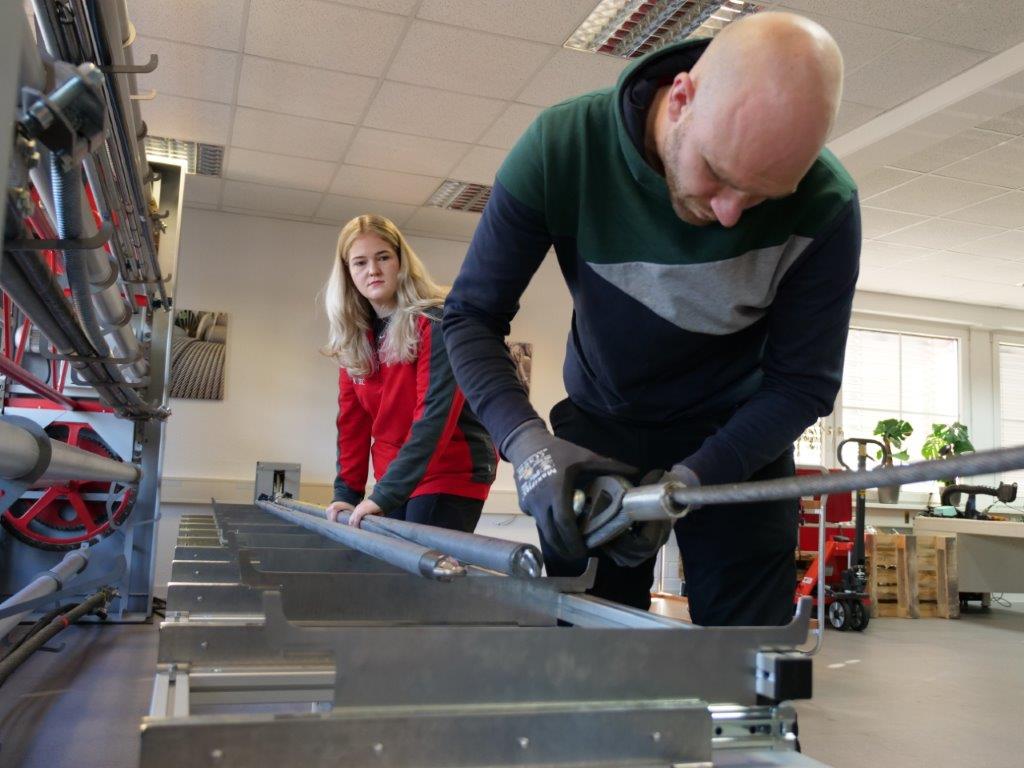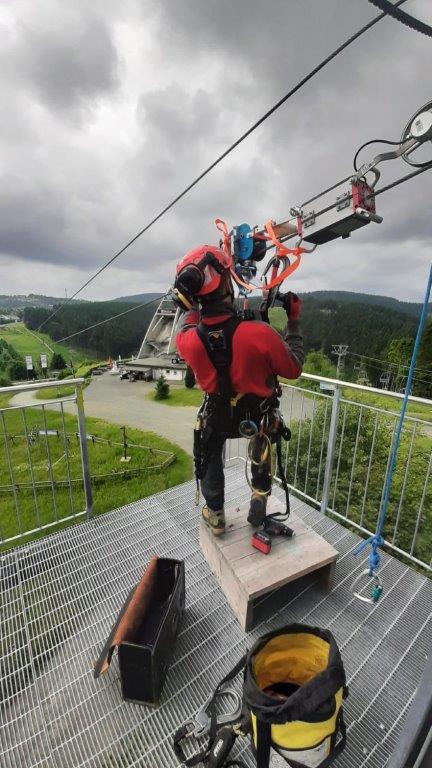FAQ
Any questions? We are pleased to answer them!
Below you will find our answers to frequently asked questions. If you still can’t find what you’re looking for, email us at info@ropesys.com.
General
What means MRT?
MRT stands for “Magnetic Rope Testing”.
_replace_
What does LF and LMA mean?
LF means „local fault“
LMA stands for “Loss of Metallic Area”, which means a decrease in the metallic cross-sectional area.
While the LF measurement represents a relative measurement, the LMA channel represents an absolute measurement. Both channel types are important for the statement about the rope condition and complement each other with their respective strengths. All ROPESYS sensors have all channels as standard.
What kind of ropes can be magnetically tested?
Can all wires of the rope, i.e. also inside, be tested?
Can individual wire breaks also be detected during magnetic rope testing?
Hardware
What is the difference between R- and U-series devices?
R-series devices are closed, circularly symmetrical devices (Round). The magnets are arranged circularly symmetrically around the rope, which results in a very homogeneous magnetization and minimal external magnetic forces. For most applications (hoisting ropes, conveyor ropes, ziplines, hauling ropes, etc.), R-series devices are ideally suited.

U-series devices, on the other hand, have a U-shaped design that is open on one side. Thus, these devices (often in combination with a pneumatic opening and lifting device) are suitable for traversing obstacles such as rope riders and support shoes of ropeways, which makes them ideal for testing suspension ropes.

In which standard sizes are the ROPESYS MRT devices offered?
The ROPESYS MRI devices are offered in three standard sizes:
- Size 28 for ropes from 6 – 28 mm rope diameter
- Size 58 for ropes from 18 – 58 mm rope diameter
- Size 83 for ropes from 38 – 83 mm rope diameter

What makes the ROPESYS rope testers so unique?
ROPESYS rope testing devices are based on decades of experience of renowned rope experts.
In addition to classic induction coils, a large number of magnetic field sensors are arranged around the circumference of the rope, enabling damage to be localized in three dimensions. Among other things, this can provide information on the location of the fault in the rope cross-section.
Can all wires of the rope, i.e. also inside, be tested?
How many channels do the ROPESYS rope testers have?
The ROPESYS rope testers output different channels:
- speed
- LF Coil channel 1 & 2 (redundant)
- LMA-channel
- Hall-channel
How long can I measure with a fully charged battery?
You can work for over 10 hours with a fully charged, like-new battery. We guarantee a full measurement time of over 5 hours. If this is not enough for you, you have several options:
- Charge the battery during the measurement in the instrument using the supplied power supply unit.
- Continue to operate the tester with the power supply unit.
- Change battery.
Is the battery allowed to be transported in the airplane?
The built-in Li-Ion battery is fully approved and has a nominal energy <100 Wh. Thus, it is approved for transportation in the aircraft.
Should you require information or a data sheet on the battery, please contact our service department at info@ropesys.com
Is the battery exchangeable?
Yes, the included battery is replaceable. It can be charged in the tester using the supplied power supply or on an external charging cradle (available as an option).
Do the devices run on sliding guides or rollers?
For a compact design and smooth running, the contact of the tester to the rope is made by means of exchangeable plastic sliding guides. Steplessly adjustable roller carriages are available as an option, which can be adapted to all test equipment.
Can the magnetic rope testers be used for temporary or permanent measurements?
The ROPESYS rope testers are available in two versions:
- mobile devices for temporary use (“Expert”)
- permanently installed devices for permanent monitoring of ropes (“SMART”)
What is the minimum equipment for a test system?
The following components are required as minimum equipment:
1 rope tester (R28 / R58 / R83 / U28 / U58 / U83)
1 pair of sensors
1 pair of matching guiding blocks
1 Measuring wheel
1 Notebook for displaying the measurement and for evaluation
Why are slideways and sensors interchangeable?
Sliding guides and sensors are interchangeable to ensure optimum centering of the tester around the rope. Basically, the closer the sensor to the rope, the better the signal quality
Software & Electronics
Where can I start and view the live measurement?
How is the rope tester connected to the notebook?
What happens if the WLAN connection is interrupted during the measurement?
Is a minimum speed required? What is the maximum speed?
Depending on the application, the maximum test speed can be up to 4 m/s.
At the moment I only need guides and sensors for one rope diameter. Can I add more sensor sizes later?
Service
I have no experience with ropes or magnetic rope testing. Can you give me some advice?
In my special application, no standard tester fits. Is there a possibility to get a Customized Special Construction?
Are the rope testers calibrated?
We could not answer your question yet?
We would like to catch up on that!




